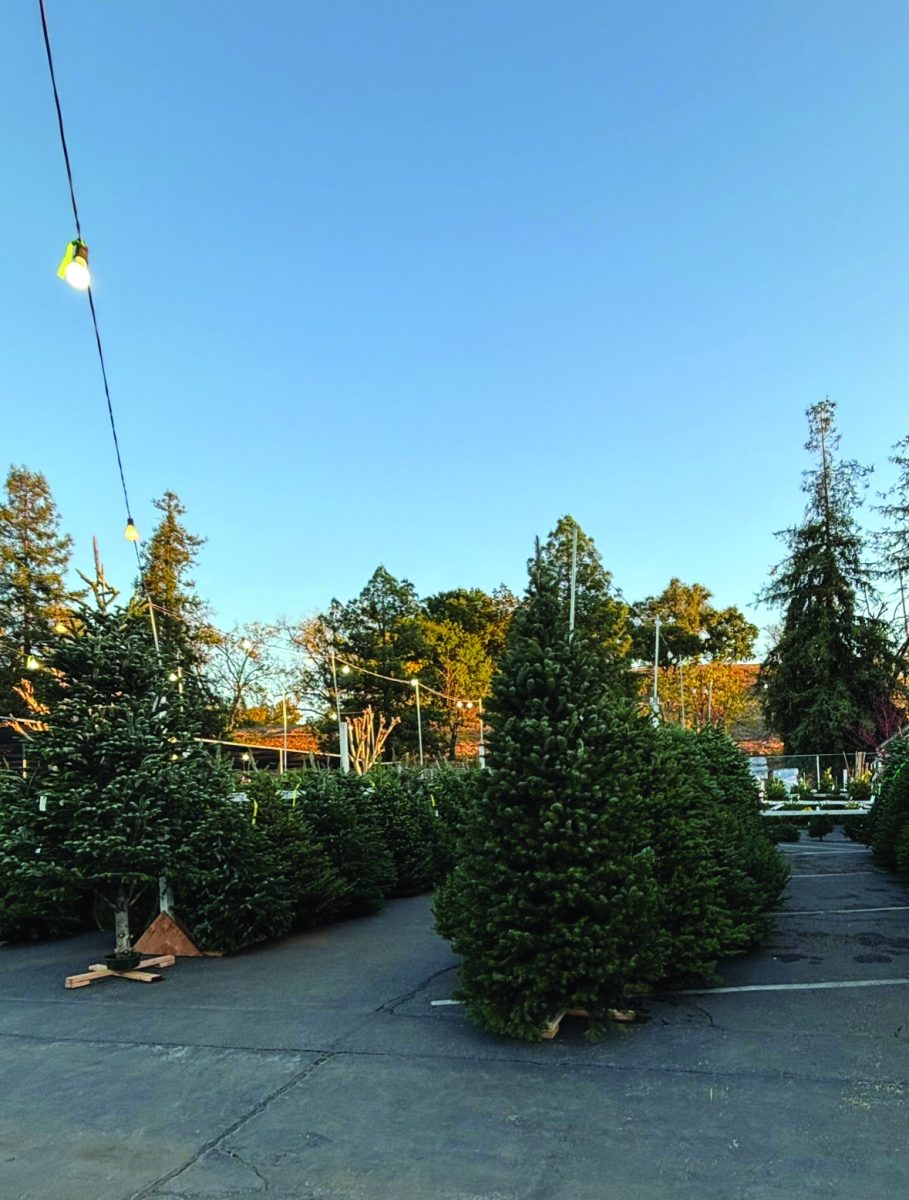In the last few years, climbing has taken on
a new wave of athletes through the advent of
climbing gyms and social media accounts.
Many people have started climbing and enjoy-
ing competing with themselves, seeing their
improvements in real-time. With these eyes on
the sport, some of you may ask where to start.
The easiest place to start is at a local gym,
where you can learn how to climb safely and
with protection. Where you are not at the mer-
cy of the elements or risking injury climbing in
the wild. Although climbing has its roots in na-
ture, finding routes outdoors that are easy and
safe to learn on is almost impossible.
There are two different grading systems used
by most climbers: the V scale (used to judge
difficulty bouldering problems) and the Yo-
semite decimal scale (used for judging the
difficulty of a top-roping section). Each scale
is meant to gauge the relative difficulty of the
climb, although depending on your build and
strengths, some climbs can feel easier or more
difficult. Although many climbers do both dis-
ciplines because each is different, focusing on
one leads to faster improvements. Boldering
consists of short explosive bursts of power
and highly technical problems. This discipline
has become so popular for having impressive
movements and great displays of strength.
A bonus is that the requirements to start are
almost nonexistent; all you need is a pair of
climbing shoes, and most gyms have rentals.
The other discipline is top-roping; rather than
being all about quick and powerful movements,
there is much more of a focus on the climber’s
technique and endurance. Top rope climbs are
the most commonly found in the wilderness,
requiring multi-pitch climbs (a pitch is the full
length of a rope, normally 60 feet) and can take
days spanning thousands of feet, whereas most
bouldering problems max out at about 15 feet.
Everyone who climbs does it for different rea-
sons; many climb to stay healthy or meet new
people. The main reason I climb is to compete
against myself and see my improvements. I’ve
been climbing for many years and started with
support from my dad, who, like me, found a
love for the sport in his teenage years climbing
with his best friend. When I was younger, my
best friend Max and I went to the local climb-
ing gym; we went together every weekend. In
our junior year, we started climbing almost
every day. I am not the only one who climbs
at our school; Andrew Bishop (‘25) in an in-
terview said, “I started climbing with a friend
because he had a free pass, and I’ve been go-
ing ever since.” This was true for many other
climbers, like Thomas Figel (‘28), “I recent-
ly started climbing because my friend was
begging me to go for months and I finally
caved in,” showing that even though climb-
ing is a solo sport, it’s much more fun to go
with friends and work togeather to reach a
common goal. Although it may seem too late
to start, anyone of any age can begin to lear
to climb. This sport is a thrill and feel free to
try out this amazing sport with your friends.










